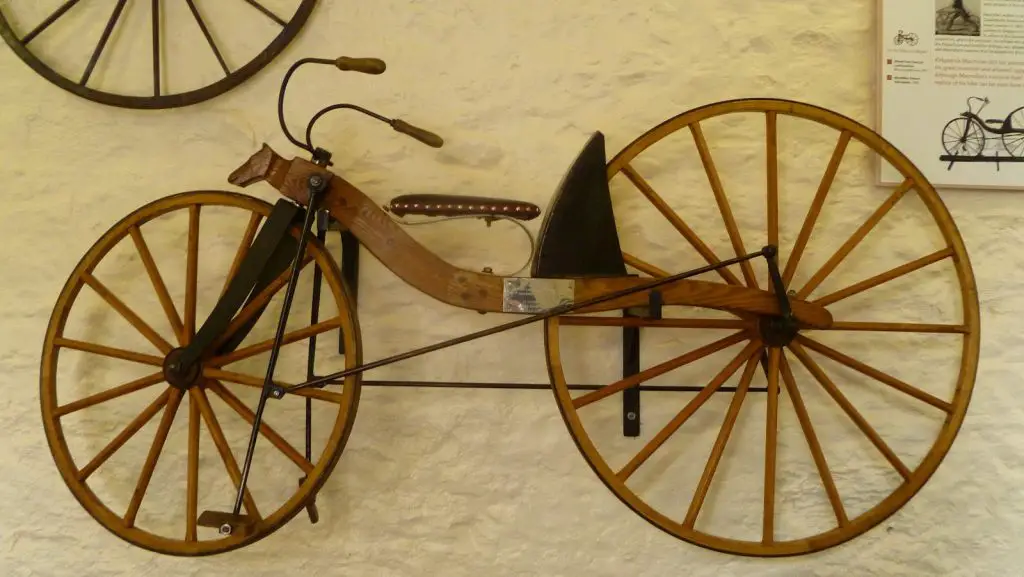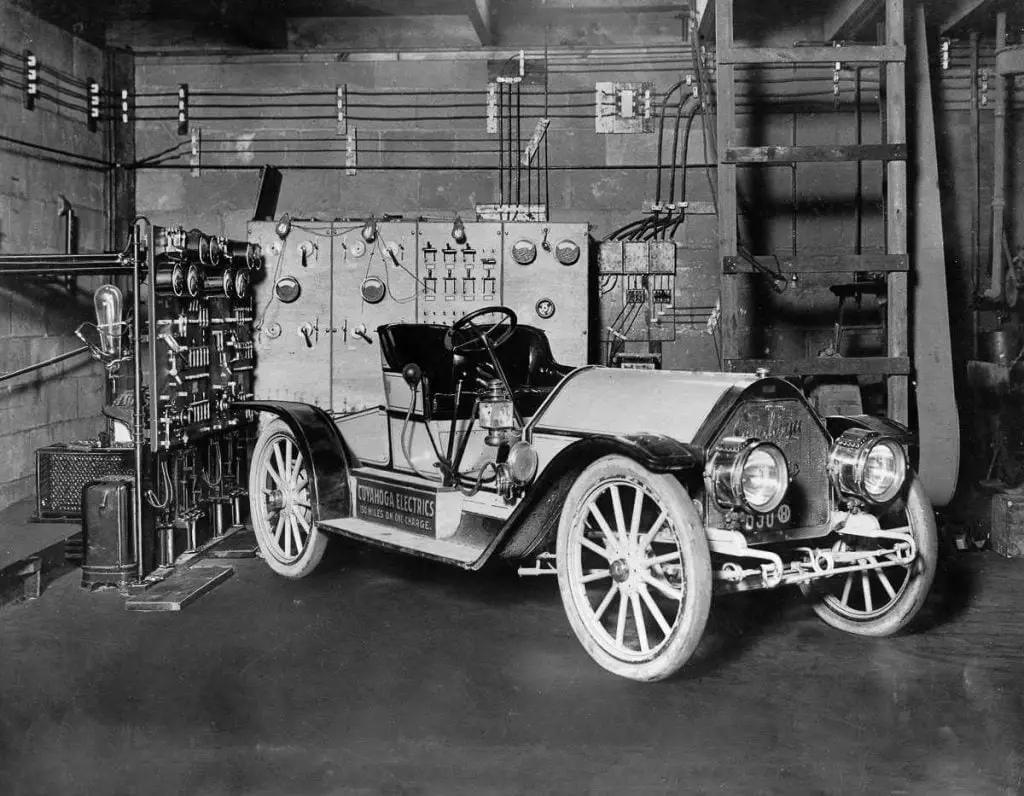The bicycle is an old idea that has seen many changes through time. Cycling dates back to the 19th century when two Frenchmen first invented bicycles. Their designs were later improved upon by others and made into what we now know as modern bicycles. This guide will chronicle the history of cycling so you’ll see how this mode of transportation became what it is today!
Early history
The cycling history is long and complex, but we’ll focus on the essential highlights here. The first bicycles appeared in the 18th century when they were made of wood and had one wheel instead of two. They weren’t called “bicycles,” yet they were known as velocipedes (meaning “fast feet”). These early vehicles were designed for one rider only, so they didn’t have pedals or brakes–instead, riders would push off with their feet against the ground to start moving forward!
The subsequent significant development in bicycle technology came about 50 years later: it was then that French inventor Comte de Sivrac built his wooden-framed machine with two wheels connected by an axle that could be rotated using levers attached to each end of this axle so that it could move forwards or backward depending on whether those levers were pulled up or down respectively; this allowed riders more control over where they wanted their vehicle go while still keeping its speed under control through using their weight against gravity while riding uphill versus coasting downhill without exerting any extra effort whatsoever (which made going uphill easier).
The first machine
The first bicycle was invented in 1790 by Baron Karl von Drais. He created it as a means of transportation for himself and a way to avoid getting muddy while riding horses. This wooden machine had two wheels and pedals attached to the front wheel, allowing riders to propel themselves forward with their legs. They could also steer by leaning into turns like modern bikes do today!
The Baron’s invention didn’t have any brakes. It wouldn’t be until 1869 before someone thought of adding them, so if you wanted your bike stopped quickly, you had better hope that there wasn’t anything coming up behind you!
The first roadgoing bicycle
The first roadgoing bicycle was invented in 1819 by a French inventor named Comte Mede de Sivrac. It was called the Velocipede, and it featured pedals, a wooden frame, and iron tires. The rider sat on top of this gadget and used his feet to propel himself forward by pushing against the ground with each stroke of his foot (this is why we still refer to it as “pedaling”).
The Velocipede could have been more efficient because it had no brakes or gears; riders needed strong legs to go fast enough without crashing into things!
Bicycle boom of the 1890s
The 1890s was the first time bicycles were mass-produced, and it was also a time of significant change in the bicycle industry. During this decade, many innovations were made to bikes and their accessories: pedals were added to allow riders to propel themselves forward without having to walk; chains replaced gears as the primary means of transmitting power from an internal combustion engine (ICE) or human energy sources like legs or feet through the frame; and pneumatic tires replaced solid rubber ones.
In addition to these technical advancements, there was a lot of expansion regarding where people could ride their bikes. New roads were built across America so that people could travel further distances more quickly than ever before and thus more easily get out into nature for recreation purposes while also making it easier for farmers who lived far from markets where they sold their goods on market day fairs held every Sunday during harvest season (usually August through October).
The safety bicycle and manufacturing innovations
The safety bicycle was a significant improvement over the penny-farthing. It was lighter, more comfortable, and easier to ride. The first mass-produced safety bicycle was the Rover. A Rover safety bicycle from 1885
Revivalist cycling and the League of American Wheelmen
The League of American Wheelmen (LAW) was a cycling club founded in 1880. It was the first significant cycling organization in the US and set up a system of graded membership that allowed more experienced riders to attend meetings and events. The LAW was also influential in lobbying for legislation that made cycling safer and more accessible, such as creating laws requiring cyclists to use bells when passing pedestrians on sidewalks or requiring roads to have shoulders broad enough for bicyclists to ride without getting their wheels caught under streetcar tracks.
The Raleigh company, Schwinn, and other manufacturers in the United States
The Raleigh company, Schwinn, and other manufacturers in the United States developed lighter and faster bicycles than their European counterparts. The American Bicycle Company was founded in 1887 by Albert Augustus Pope (1849-1914), who had been an apprentice at a machine shop before becoming interested in bicycles. He established his first factory on East Main Street in Hartford, Connecticut, where he produced “Columbia-branded bicycles until 1898 when he moved operations to Westfield, MA, where they continued under the same name until 1908, when they were renamed “Pope Manufacturing Company.”
Ignaz Schwinn founded Schwinn Bicycle Company as Excelsior Cycle Manufacturing Company on June 23, 1895, with its headquarters at 801 W Jackson Boulevard Chicago, Illinois, USA 60612 USA. In 1901 Excelsior was renamed Arnold Schwarzenegger Corporation after Mr. Schwarzenegger took over controlling interest from his father, who had passed away earlier that year. During World War II, Schwinn built military bikes such as Harley Davidson motorcycles for Allied troops stationed overseas.
The “30 MPH bicycle” and touring bikes
In the early 1900s, the fastest bikes available were called “30 MPH bicycles.” They had tiny wheels and were hard to ride because they didn’t have brakes or gears. At that time, a popular style of bike was called a touring bike because it was used for long journeys and had both front and rear brakes!
Cycling is an old idea that has seen many changes through time.
The first bicycles were made in the 19th century from wood and metal. These early bikes didn’t have brakes, so you had to use your feet to stop them!
Cycling is an old idea that has seen many changes through time. It started as a way for people to get around, but now it’s also a sport and form of exercise. We hope that you enjoyed learning about the history of cycling!



